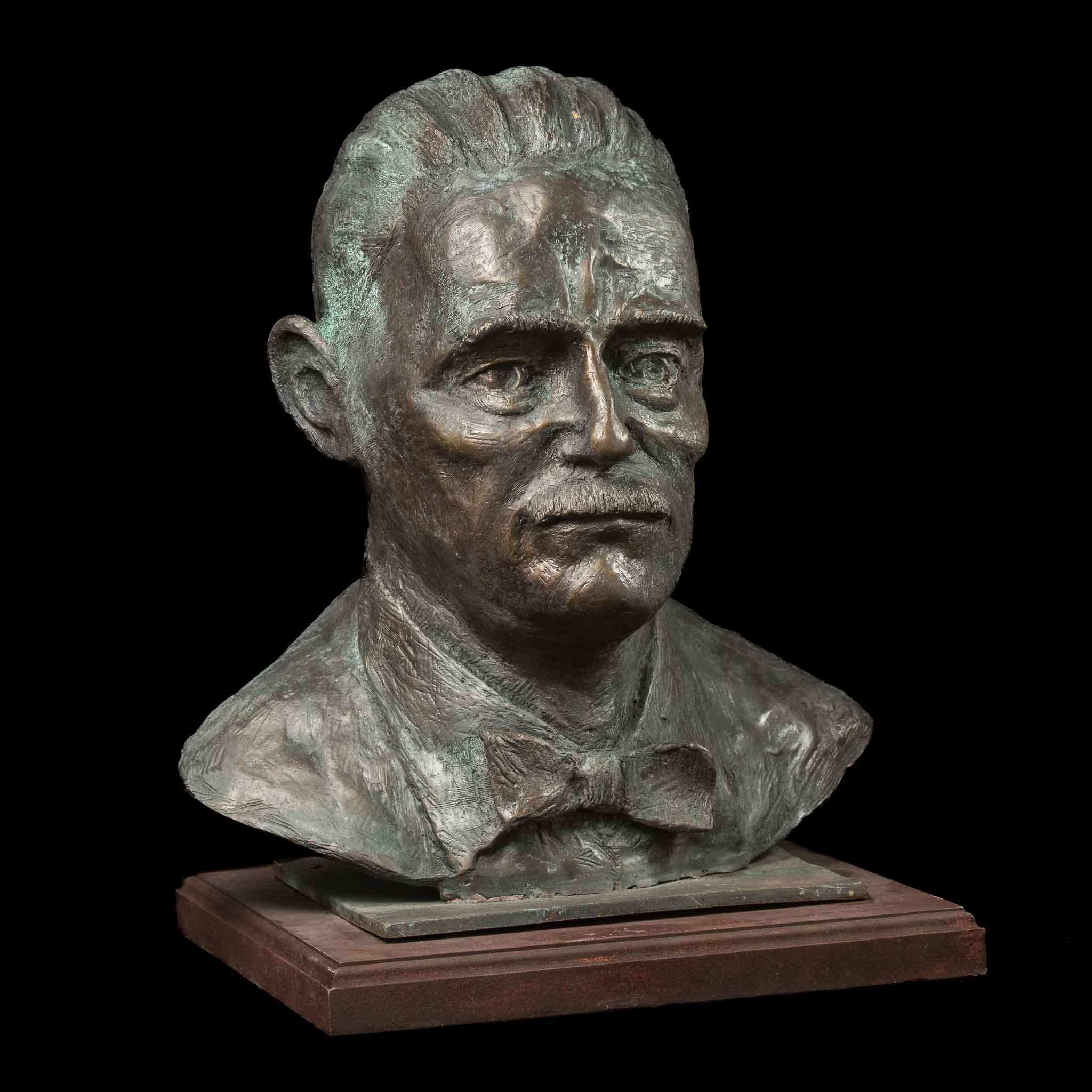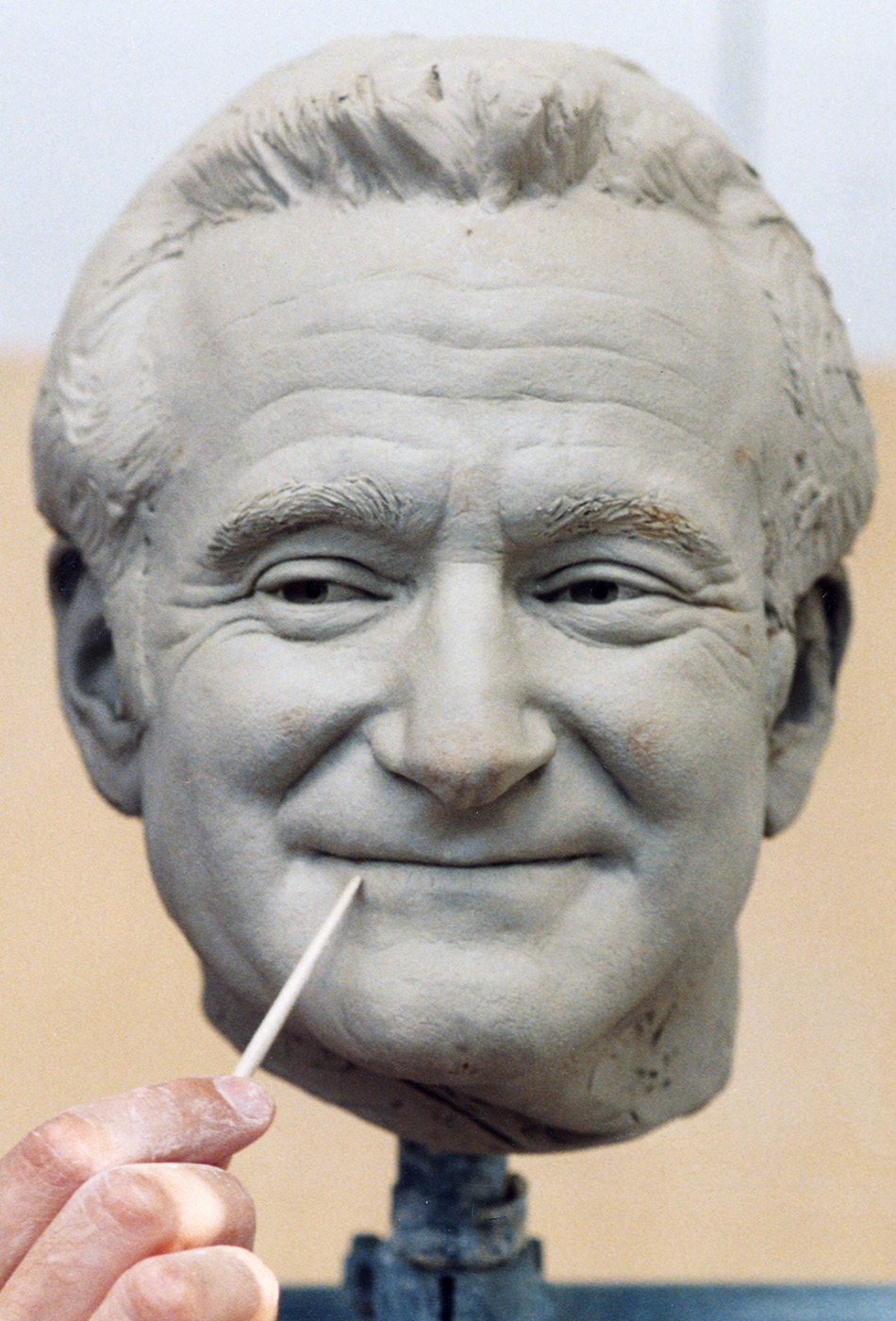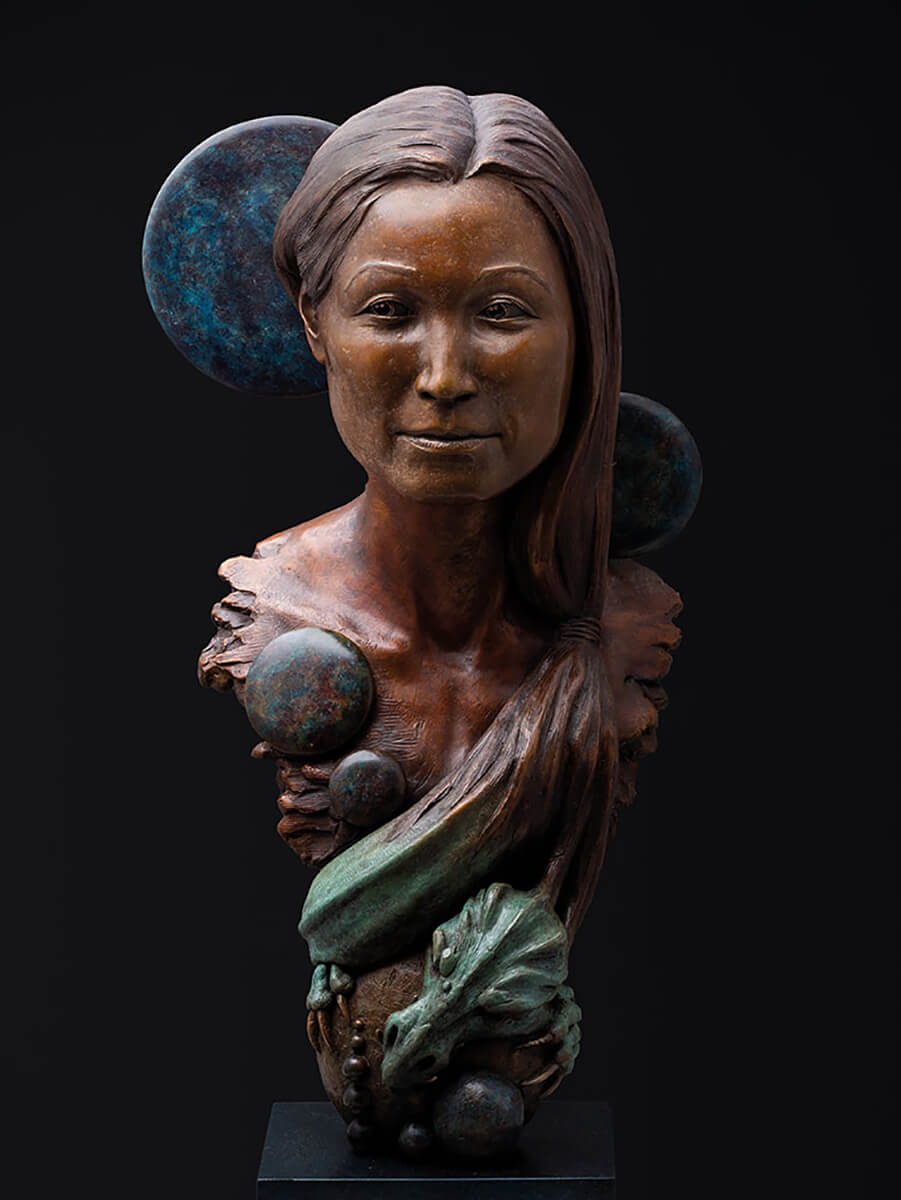Crafting Expressions: The Unique Artistry of a Portrait Sculptor
Wiki Article
The Development of Sculptures: From Ancient to Modern
The Evolution of Sculptures: From Old to Modern. Portrait Sculptor.Sculpture, one of the oldest kinds of art, has been an indispensable part of human world for millennia. From the old civilizations of Egypt and Greece to the contemporary age, sculptures have developed, showing modifications in imaginative techniques, materials, and cultural impacts. This trip via time traces the development of sculptures, exploring the changes in vogue, subject, and creative expression.
Starting with the old globe, sculptures crafted from stone and later on bronze recorded the essence of deities, leaders, and daily life. The Renaissance duration observed a revival of classical sculpting methods, as artists looked for to mimic the elegant forms of old Greek and Roman sculptures (Robert C Hitchcock Sculptor). In the modern-day period, musicians challenged traditional borders, accepting abstraction and trial and error with brand-new materials
This exploration will look into the diverse development of sculptures, disclosing the rich tapestry of artistic expression across various durations and cultures.

Old Sculptures: From Rock to Bronze
Ancient sculptures transitioned from being taken of stone to being cast in bronze. This shift marked a significant development in the art of sculpture, permitting better improvement and information in the completed jobs. Stone sculptures, while impressive in their very own right, were limited by the nature of the material. Rock needed comprehensive forming and sculpting, commonly resulting in a more streamlined depiction of the topic.The intro of bronze as a tool for sculptures produced a transformation in artistic expression. Bronze provided artists the possibility to create realistic and complex kinds that were not feasible with rock. The procedure of casting bronze enabled for the development of multiple duplicates of a sculpture, making it possible for larger circulation and conservation of these creative masterpieces.
The transition from rock to bronze likewise saw a change in the topic of sculptures. While rock sculptures mainly illustrated gods, sirens, and mythical numbers, bronze sculptures began to show a more comprehensive variety of subjects, including everyday people and pets. This growth of subject showcased the convenience and flexibility of the bronze medium.
Renaissance Revival: Shaping in the Timeless Design
The Renaissance resurgence of sculpture observed a renewal in the timeless style, structure upon the developments made during the transition from rock to bronze in old sculptures. Throughout this period, musicians sought to recreate the timeless aesthetic and suitables of elegance that prevailed in ancient Greek and Roman sculptures.Among the vital qualities of the Renaissance resurgence was the focus on naturalism and the human form. Carvers like Donatello and Michelangelo strove to catch the anatomical information and expressions of their subjects with unprecedented accuracy. They studied the human body and included their observations right into their sculptures, resulting in natural and reasonable representations.
One more crucial aspect of the Renaissance rebirth was the expedition of perspective and deepness. Musicians used techniques such as contrapposto, where the weight of the body is shifted to one side, creating a feeling of motion and dynamism. They additionally try out various products, including marble and bronze, to accomplish a level of elegance and intricacy in their sculptures.

Modernism and the Avant-Garde: Damaging Typical Borders
Throughout the Modernism and Avant-Garde movements, carvers pressed the limits of traditional creative conventions. This duration, which emerged in the late 19th and early 20th centuries, saw a remarkable shift in the method artists came close to sculpture. Declining the concept of art as plain imitation, modernist sculptors looked for to discover brand-new forms, products, and principles.
Among the vital features of modernist sculpture was the emphasis on abstraction. Sculptors moved away from practical depictions and rather concentrated on capturing the significance of the topic through streamlined types and geometric forms. This departure from traditional depiction enabled musicians to reveal their emotions and concepts in an extra personal and subjective fashion.

Contemporary Sculptures: Discovering New Materials and Concepts
With a focus on checking out brand-new materials and principles, modern sculptures have actually reinvented the field of art. Artists today are pressing the boundaries of conventional sculpture by using cutting-edge materials and experimenting with abstract principles. These sculptures challenge traditional ideas of definition, materiality, and kind, welcoming audiences to participate in a provocative and brand-new imaginative experience.Contemporary carvers are welcoming a large range of materials, consisting of plastic, glass, steel, and also organic matter. They are not limited to the typical medium of rock or clay, permitting greater freedom of expression and experimentation. This shift towards unconventional products has opened brand-new opportunities for musicians to develop sculptures that are vibrant, interactive, and aesthetically striking.
In enhancement to discovering brand-new materials, contemporary sculptures likewise dig right into facility and abstract principles. Musicians are currently checking out motifs such as identification, social issues, and the setting, using sculpture as a powerful medium for social commentary and self-contemplation. These sculptures challenge customers to believe seriously and engage with art on a deeper level, triggering discussions and prompting psychological reactions.
Global Impacts: Sculptural Customs From Around The Globe
Sculptural customs from numerous areas of the world have actually significantly shaped the development of sculptures throughout background. The global influences on sculpture have varied and have added to the splendor and selection of artistic expressions. From the old civilizations of Egypt, Greece, and Rome to the elaborate makings of Oriental societies, each area has actually established its distinct sculptural traditions that have actually affected artists throughout time.In old Egypt, sculptures were created primarily for funerary and spiritual functions. The legendary sculptures of gods and pharaohs, such as the Great Sphinx and the breast of Queen Nefertiti, showcase the Egyptians' proficiency of rock carving and their idea in the afterlife.

In old Rome, sculpture served both political and creative objectives. Roman sculptures frequently shown emperors, generals, and mythical figures, reflecting the power and splendour of the empire. The marble statuary of Augustus of Prima Porta and the huge Arc of Constantine are noteworthy examples of Roman sculptural success.
Eastern sculptural customs, particularly in India, China, and Japan, have likewise had an extensive influence on the evolution of sculptures. Indian sculptures, such as the intricately carved holy places of Khajuraho and the gigantic statues of Buddha, display an abundant blend of religious, mythological, and architectural elements. Chinese sculptures, characterized by their fine workmanship and focus to information, commonly represent divine beings, animals, and famous figures. Japanese sculptures, affected by Buddhism, stress simplicity and serenity, seen in the calm statuaries of Buddha and the stylish art of bonsai.
The global impacts on sculpture proceed to advance in the modern-day period. As we look to the future, it is specific that the global influences on sculpture will certainly continue to shape and redefine this ancient art type.
Verdict
In conclusion, the evolution of sculptures has actually seen a shift from old stone and bronze works to the timeless resurgence during the Renaissance. Today, contemporary sculptures check out brand-new products and ideas, while also drawing inspiration from worldwide sculptural practices.From the ancient people of Egypt and Greece to the contemporary era, sculptures have evolved, mirroring modifications in artistic methods, products, and social impacts.Beginning with the ancient world, sculptures crafted from stone and later bronze recorded the essence of deities, leaders, and everyday life.Old sculptures transitioned from being carved out of stone to being cast in bronze. While stone sculptures primarily shown gods, goddesses, and mythical numbers, bronze sculptures started to reflect a broader array of topics, consisting of day-to-day people and pets.In final thought, the advancement of sculptures has actually seen a shift from old rock and bronze works to the classical resurgence during the Renaissance.
Report this wiki page